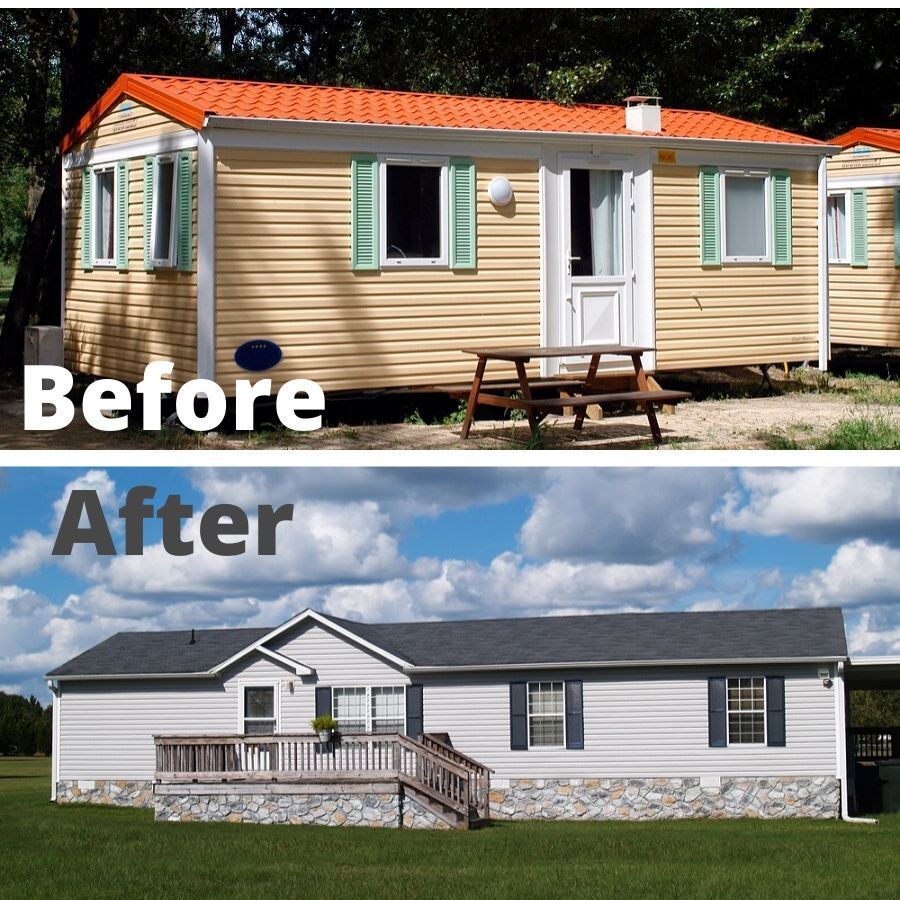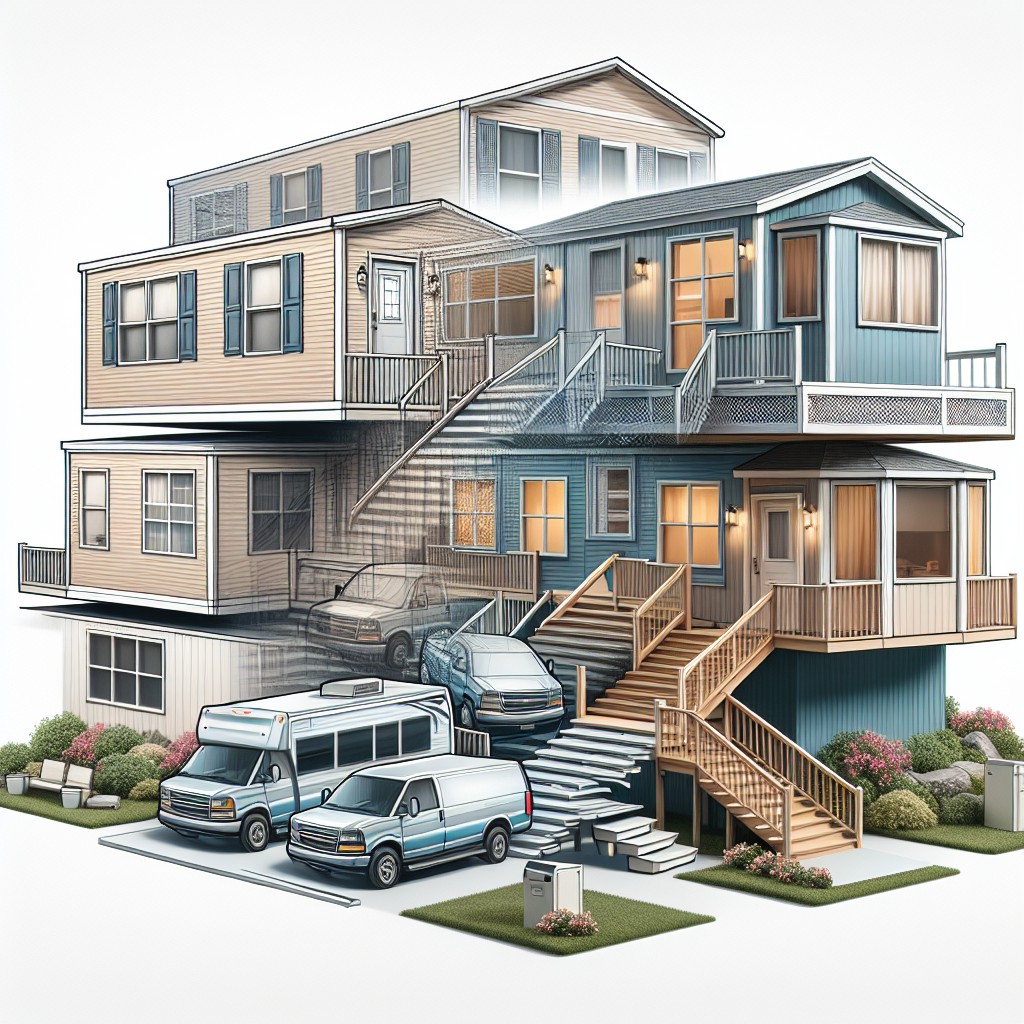Last updated on
An ADU can be a good investment due to its potential for rental income, increased property value, and flexibility in use.Accessory Dwelling Units (ADUs), also known as granny flats, in-law units, or backyard cottages, have gained popularity among homeowners and real estate investors for their versatility and economic benefits. The appeal of ADUs as an investment revolves around their ability to generate passive rental income, accommodate extended family, or offer a downsized living space for the homeowner while renting out the main house.When assessing the value of an ADU as an investment, it’s crucial to consider local real estate market conditions, rental demand, and zoning regulations, which can vary widely. Areas with high housing demand, robust rental markets, limited space, and supportive ADU policies are typically the most conducive for ADU investments. These factors combined can lead to a significant return on investment through rental income.Aside from rental opportunities, ADUs can enhance the overall property value. Homes with additional livable space are often more attractive to potential buyers, making them willing to pay a premium for the added utility of an ADU. Furthermore, in markets with housing shortages, properties with ADUs might sell faster due to the increased demand for versatile housing solutions.However, the financial benefits come with upfront costs, including construction, permits, and potential upgrades to existing utilities and infrastructure. To maximize the investment potential, it is essential to conduct a cost-benefit analysis that includes these expenses and realistic rental income projections, adjusted for the specific location and market trends.ADUs also offer flexibility, serving as a space for aging parents, adult children returning home, or as a home office. The utility of an ADU can adapt over time to the changing needs of the property owner, which adds intangible value that transcends mere financial calculations.In conclusion, ADUs can be a sound investment, providing tangible financial returns and flexibility. As with any real estate investment, due diligence is key — investors should thoroughly research zoning laws, analyze market conditions, and consider long-term objectives to ensure that an ADU aligns with their investment strategy.
Key takeaways:
- ADUs offer rental income and increased property value.
- Location, rental demand, and zoning regulations impact investment potential.
- Upfront costs for construction and permits should be considered.
- ADUs provide flexibility for various living arrangements.
- ADUs align with market trends and offer long-term value.
Current Market Trends for ADU Investments

As urban populations swell, the demand for versatile housing options such as accessory dwelling units (ADUs) has surged. This trend reflects a societal shift towards multigenerational living and a growing appetite for affordable rental options. With inherent flexibility, ADUs can cater to aging relatives, adult children, or tenants, thereby enhancing property functionality and value.
Investors are increasingly aware of the potential benefits of ADUs in their portfolios. Not only do they add square footage and appeal to a property, but they also diversify revenue streams through rental income. Furthermore, this uptick in interest has been fueled by relaxed regulations in many areas, simplifying the approval and construction process.
The ADU market also responds to sustainability trends. Smaller living spaces align with eco-conscious preferences and minimalistic lifestyles, opening up a segment of the market that values a smaller carbon footprint and lower living costs.
As a reflection of these trends, the resale value of properties with ADUs is generally experiencing a consistent upward trajectory. This demonstrates not only the immediate financial advantages of rental income but also long-term investment gains. The current market trend leans towards viewing ADUs not merely as an addition to one’s home but as a strategic financial maneuver.
Analyzing Cost Vs. Return for ADUs
To accurately gauge the financial viability of an ADU, a thorough cost-versus-return analysis is crucial. First, one must consider the upfront costs—which can vary significantly depending on size, location, and finishes. While many modular or prefab units come with set prices, custom builds often incur additional expenses.
Factor in ongoing costs as well, such as maintenance, utilities, and potential property tax increases. Although these costs eat into profit margins, they can be mitigated by efficient design and sustainable features that lead to long-term savings.
On the flipside, the anticipated return on investment for ADUs can be compelling. Rental income is the most tangible benefit, offering a steady stream of cash flow that can offset mortgage payments or other housing costs. The rental revenue can also potentially exceed the monthly expenses associated with the ADU, leading to net positive earnings.
Additionally, the property value often receives a boost with the addition of a legally permitted ADU. This increase isn’t just a paper gain; it’s a leverageable asset that can provide financial flexibility.
It’s important to remember that market dynamics play a role as well. In high-demand rental markets, ADUs can command significant rental rates. Conversely, in areas with lower demand or rental price ceilings, the return might not be as quick or as high.
Lastly, tax implications should be taken into account. The income generated by the ADU will be subject to income tax and possibly other taxes based on local jurisdictions, affecting the overall profitability. Tax breaks or incentives for building an ADU may also be available, so it pays to research or consult a tax professional.
In essence, understanding the complete financial landscape, both the costs and potential revenue or value increase, is essential for making an informed decision about the investment potential of an ADU.
Legal and Zoning Considerations for ADU Owners
Understanding the legal and zoning parameters in your area is crucial before embarking on constructing an ADU. These regulations can significantly affect the size, location, and even potential uses of your ADU. For starters, check with the local planning department for any specific requirements or restrictions. Some areas may impose lot size minimums or maximums on ADU dimensions, which could limit your project’s scope or design.
Additionally, consider the permitting process; it’s not just about getting the green light to build but understanding the associated fees and timelines. These costs should be factored into your investment calculations. Moreover, areas with high demand for housing can often have more streamlined processes, yet it’s important not to overlook this step as it ensures your ADU is legally compliant.
Also, be mindful of changes in legislation. Many regions are easing restrictions on ADUs to combat housing shortages. This evolving legal landscape can present both opportunities and challenges, perhaps allowing for higher rental income potential or necessitating adjustments due to new compliance standards.
Lastly, don’t forget about the impact on property taxes. An ADU can increase your property’s assessed value, leading to higher taxes. It’s wise to assess this financial implication in advance to avoid unexpected expenses that could affect your investment’s profitability.
Long-term Value Projection of ADUs
As housing demands continue to climb, ADUs stand as investments with strong long-term value. Their small footprint and versatility cater to a wide range of potential tenants, from college students to small families or senior relatives. These structures can also adapt to the changing needs of a property owner over time; an ADU that begins as a rental can later serve as a home office, guest house, or in-law suite.
Housing shortages in urban areas further bolster their value. ADUs can ease rental market pressures, providing affordable options in otherwise expensive neighborhoods. Savvy investors recognize that a long-term investment in an ADU not only encompasses the potential for consistent rental income but also the appreciation of the property value as a whole, making it an attractive secondary income stream and a buffer against economic downturns.
Moreover, as ecological and economical living trends gain traction, the demand for smaller, more sustainable housing solutions like ADUs is expected to rise. Investing in an ADU now positions one ahead of the curve, particularly in regions promoting housing diversity and density. Thus, strategically planning for an ADU investment now could yield a high return in terms of both tangible returns and community value.
Generating Passive Income Through ADU Rentals
Securing a steady cash flow is one of the primary benefits of an ADU as a rental property. Renting out your accessory dwelling unit, be it a garage conversion, basement apartment, or detached cottage, provides additional income that can help cover mortgage payments, property taxes, or maintenance costs of the main residence. It’s a smart strategy, especially in high-demand rental markets.
Consider the rental rates in your area to project potential income. It’s important to conduct market research to set a competitive price that attracts tenants while ensuring your investment remains profitable. ADU renters often seek out these spaces for their affordability and community feel, as compared to larger apartment complexes.
Bear in mind, tenant turnover can impact your revenue stream. Prolonged vacancies or frequent tenant changes incur costs, so finding long-term, stable renters is key. Additionally, being a landlord comes with responsibilities. You will need to manage property upkeep and be prepared for the unexpected repairs. However, with a thoughtful approach to tenant selection and property management, you can cultivate a low-stress source of income that complements your financial goals.
Remember, successful rental of your ADU hinges not just on the physical space but also on your diligence as a landlord to create a positive rental experience for your tenants.
Related reading:
Table of Contents





